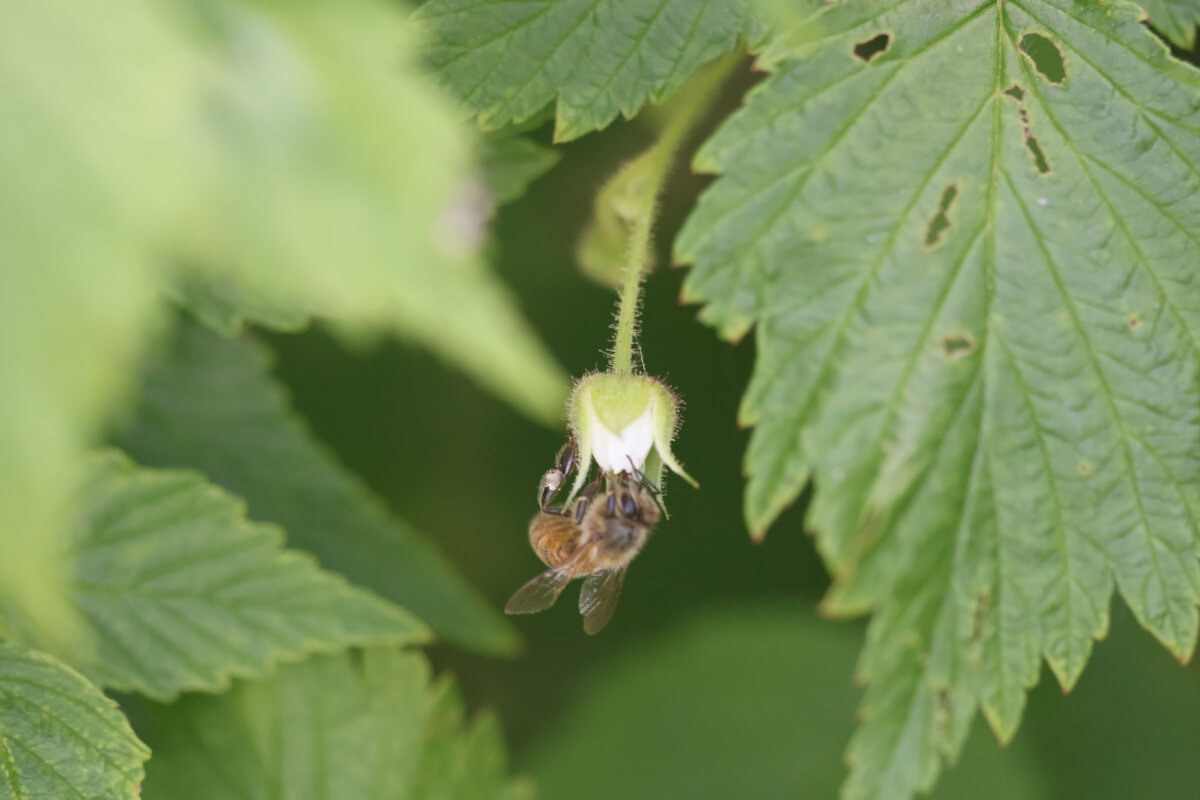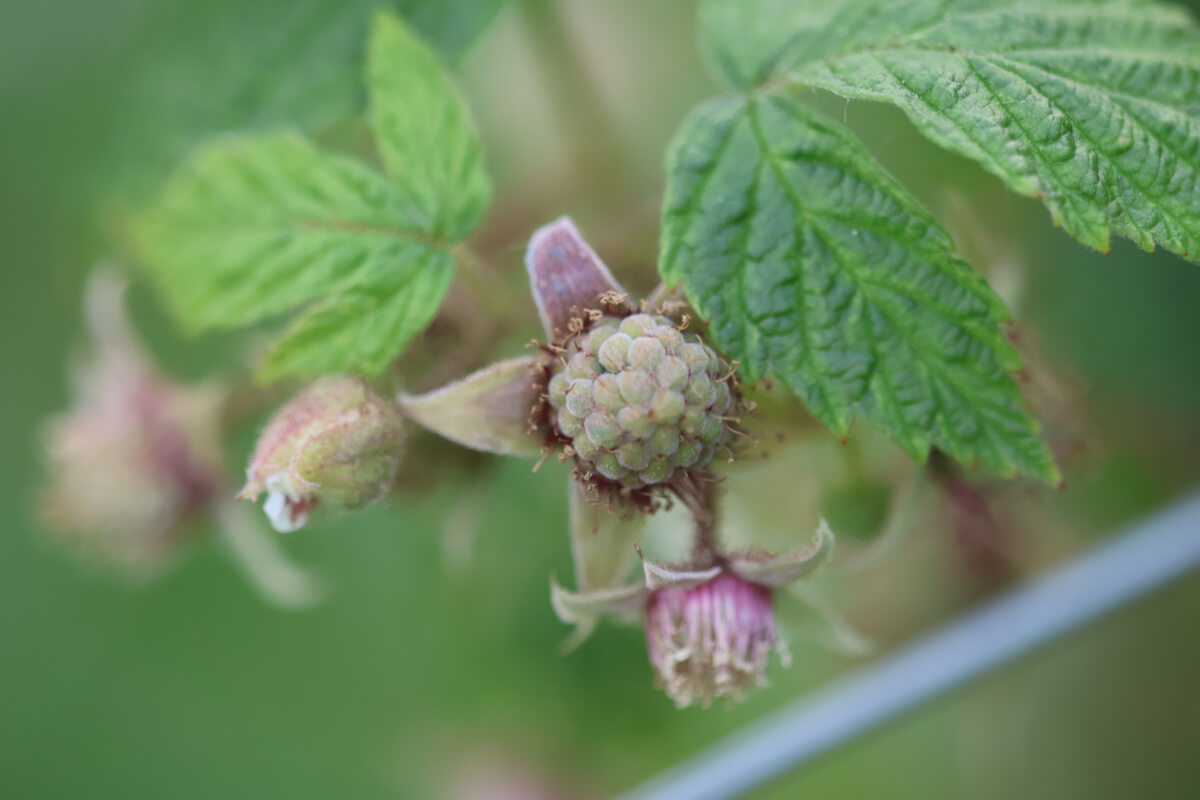I might be an outlier, but one of my favorite things about growing food is observing the metamorphosis between flower and food. It often gets me super curious about the actual biology of the plant, which causes me to geek out and learn some stuff.
It’s easy to forget that the change from flower to food is a process, not just an instant thing that happens. While many of us get so focused on the end goal, to me, the journey is even more fascinating.
These series of photos illustrate exactly that metamorphosis. This change occurs over a fairly short period of time, often a matter of days. If you aren’t looking closely, and often, you might even miss it!
So, what’s actually going on here? It’s the birth of a raspberry!
Raspberries are considered what is called an aggregate fruit. Basically, this means that each flower had several ovaries, which were pollinated by bees, and these then merge together to form the fruit itself. The alien looking flower bits, just before fruit formation, are called carpels. It’s these carpels that merge together to form the fruit we know and love. Carpels are part of a more complex system called the gynoecium, a Greek word for woman or female, mostly for the fact that it’s the system responsible for egg cell development in the flowers themselves.
This process is distinctly different from say a tomato, or simple fruit, where a single ovary develops into a single fruit. There is a similar class of fruits to aggregates called “multiple fruits,” but these are also different since multiple flower’s ovaries form into a singular fruit. Examples of this type of fruit are pineapples, jackfruit and figs.
This just barely scratches the surface of fruiting biology. I hope it inspires you to look a bit closer, a bit more often, and try to learn what’s actually going on!




